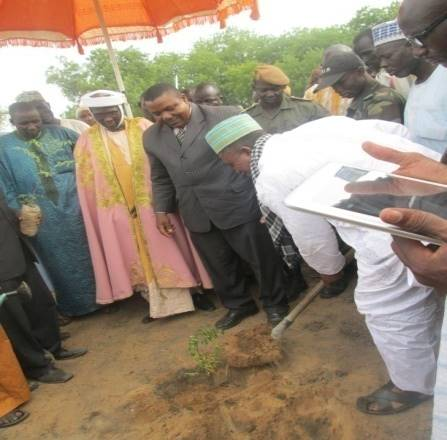Environment
Background
Climate change, biodiversity loss, pollution, and unsustainable agricultural practices are some major key factors of environmental degradation worldwide, and specifically in Cameroon. Climate change is especially eminent and is expected to result in significant output losses, exacerbate poverty and inequality, food insecurity, and conflict risk. There is a need to step up both adaptation and mitigation efforts. Cameroon is vulnerable to climate change and natural disasters, particularly through their impact on human capital and economic sectors such as agriculture and infrastructure. As a hydrocarbon producer and exporter, the country needs to advance its mitigation efforts. Cameroon is ranked 16th most vulnerable to impacts of climate change globally. Climate hazards are becoming more severe in Cameroon. Temperatures are progressively rising, with the temperature increase especially pronounced in recent years, and this trend is projected to continue. While precipitation projections are less certain, models predict an increase in the number of heavy precipitation days. Extreme weather events, such as droughts and floods, are increasingly reported - with the number of recorded events doubling in the past three decades. These changes have a significant impact on society and the economy, causing both immediate damages and long-term output losses. Climate change is projected to cause a GDP loss between 4 to 10 percent by 2050, with larger output losses in the most pessimistic scenario and if no adaptation action is taken, according to the World Bank CCDR. In many countries around the world, especially in Africa, environmental protection and management face significant challenges, including deforestation, habitat loss, and the decline of endangered species. The poor exploitation of natural resources has led to the degradation of water sources, soil erosion, and air pollution. Additionally, climate change is exacerbating these challenges, impacting agriculture, water supply, and public health. These adverse effects on the natural environment call for global concern and concerted efforts to address them.
Objective
The objective is to ensure the preservation and restoration of natural resources and ecosystems, thereby contributing to the realization of the SDGs. This objective directly influences SDG 13 (Climate Action), SDG 14 (Life Below Water), and SDG 15 (Life on Land), emphasizing the urgent need to mitigate environmental degradation, conserve biodiversity, and foster sustainable use of natural resources.
Intervention
To combat these environmental challenges, SHUMAS has implemented various strategies aimed at promoting environmental sustainability and preserving endangered species. One of its key programs involves:
Training target groups on environmental protection and management, as well as mainstreaming environmental awareness in all its programs. The implementation strategies include:
- Promotion of Renewable Energy: SHUMAS has established the Renewable Energy Technical Centre (RTC) to train youths on the feasibility, designing, installation, and maintenance of renewable energy sources such as windmills, solar panels, hydro, and biogas plants. The center also installs renewable energy systems in schools, health centers, and community halls.
- School Environmental Clubs: More than 200 school students have been trained on agro-forestry, with materials provided for them.
- Training on Climate-Smart Agriculture: SHUMAS supports unemployed youth, farming community leaders, women's groups, and youth in adopting climate-smart agricultural practices.
- Tree Planting and Agro-forestry: SHUMAS promotes the planting of environmentally friendly trees in water catchment areas and agro-forestry in farming areas.
Achievements and Challenges
SHUMAS has made significant achievements in its environmental efforts, including:
- providing environmental management lessons to numerous school students/pupils.
- Planting millions of environmentally friendly trees.
- Cutting down detrimental eucalyptus trees.
- Training individuals on renewable energy and climate-smart agriculture.
However, challenges such as limited resources to assist schools and the overwhelming demand for renewable energy facilities persist.
Future Plans
To address these challenges, SHUMAS plans to continue training people on the use of renewable energy forms, tree planting, and protection of water catchments. Additionally, it aims to assist schools in setting up environmental programs and continue training on climate-smart agriculture.
GALLERY
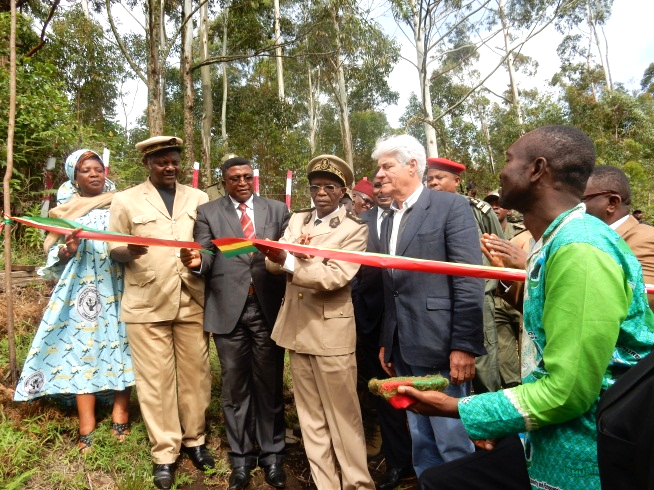
(Governor of North Region Adolf LeleL’Afrique and SHUMAS Director at the Biogas Plant)
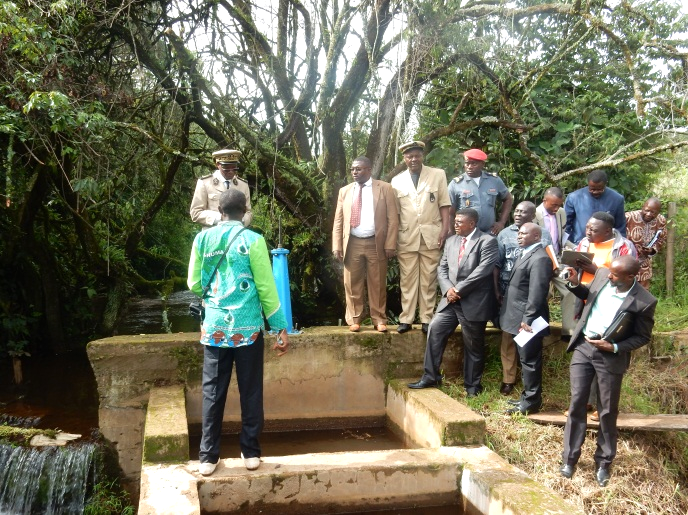
(The Governor surveying project with SHUMAS team)
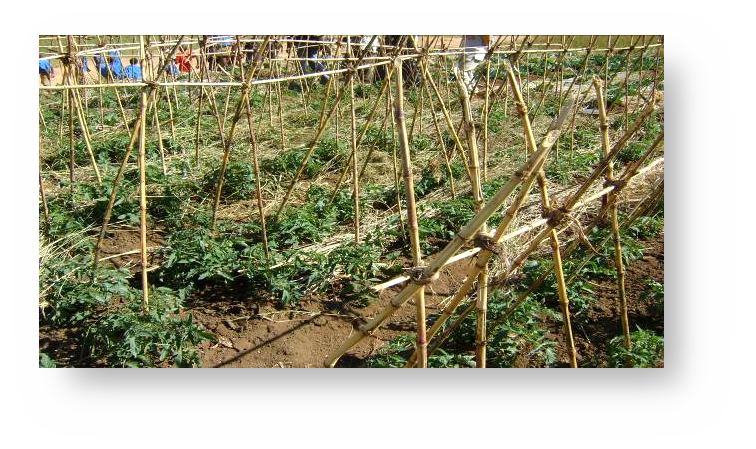 (Cucumber staked in school farm)
(Cucumber staked in school farm)
 (Cabbages cultivated on school garden)
(Cabbages cultivated on school garden)
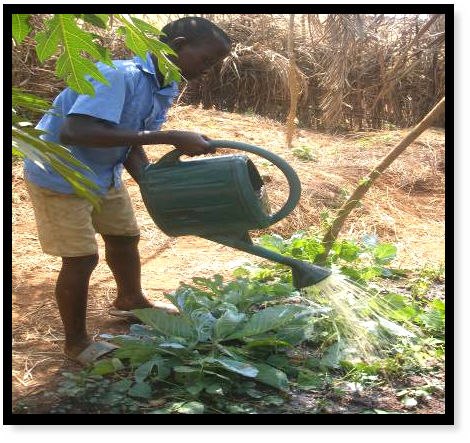
(Pupil watering school garden)
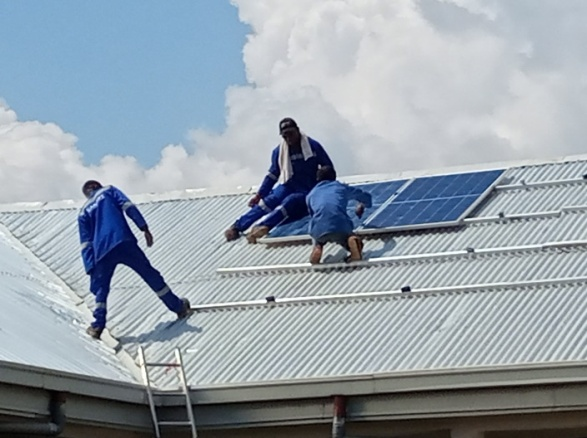 (Installation of solar panels at St. John Paul II Bilingual Comprehensive College Banyo)
(Installation of solar panels at St. John Paul II Bilingual Comprehensive College Banyo)
World Environment Day 2024.
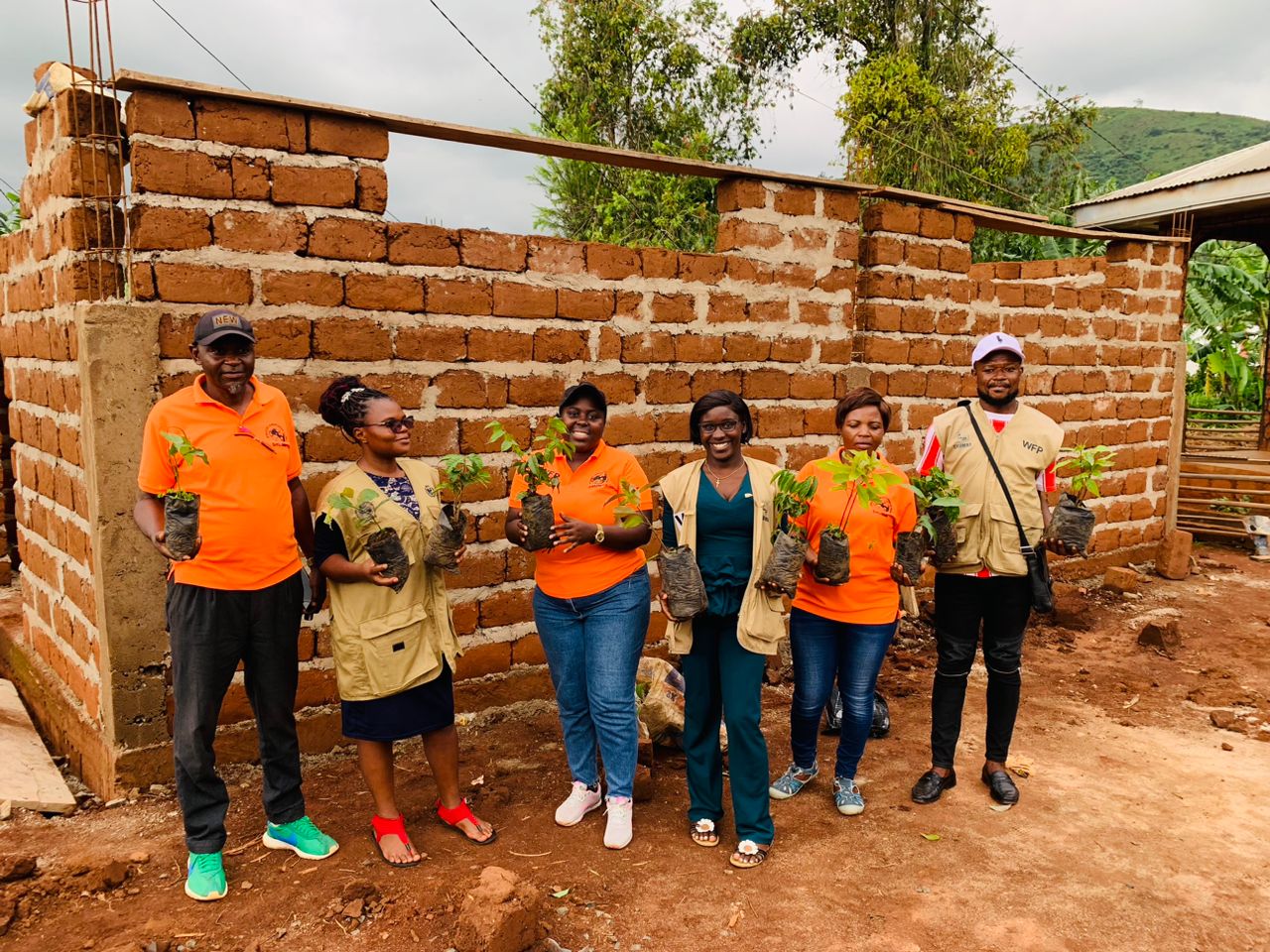 (Arrival of team in Menteh community for a tree planting exercise)
(Arrival of team in Menteh community for a tree planting exercise)
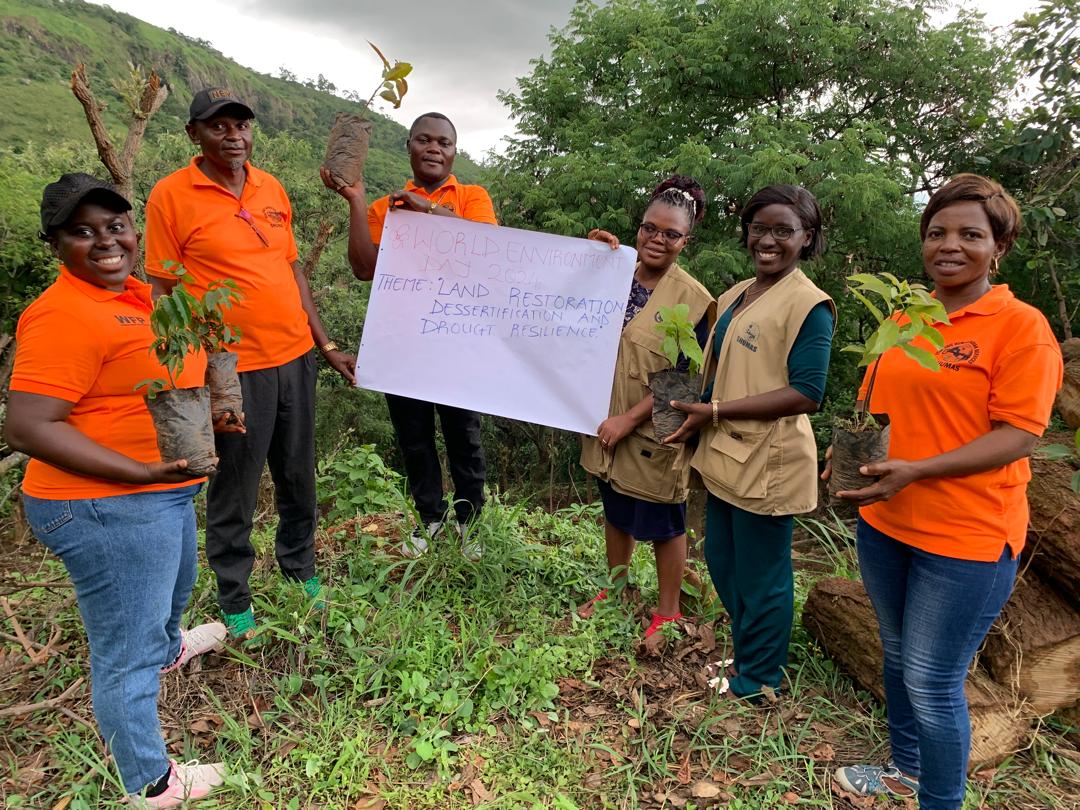 (Team at the farmland with placard bearing the theme of the celebration)
(Team at the farmland with placard bearing the theme of the celebration)
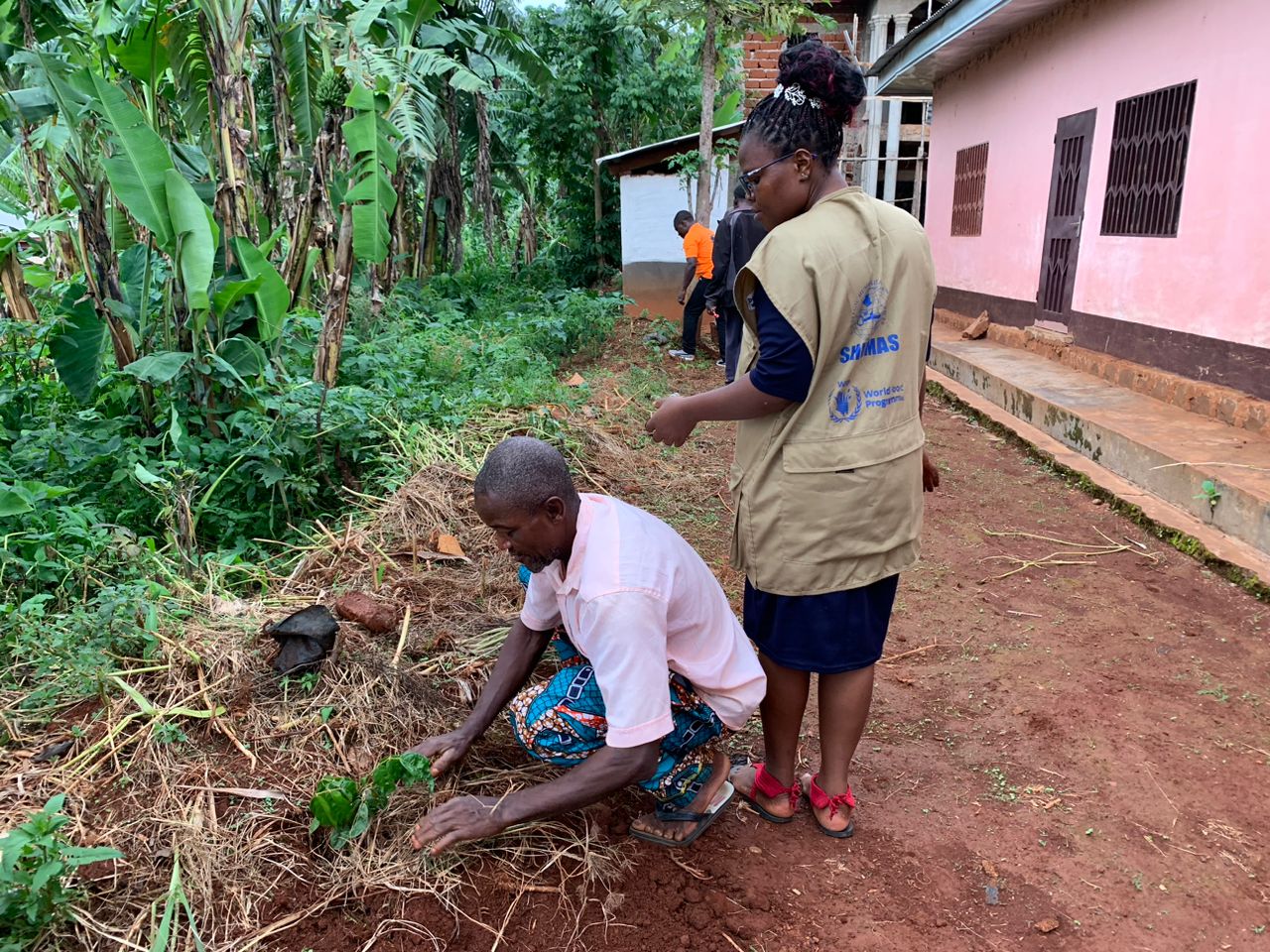 (Menteh community member planting a plum tree)
(Menteh community member planting a plum tree)
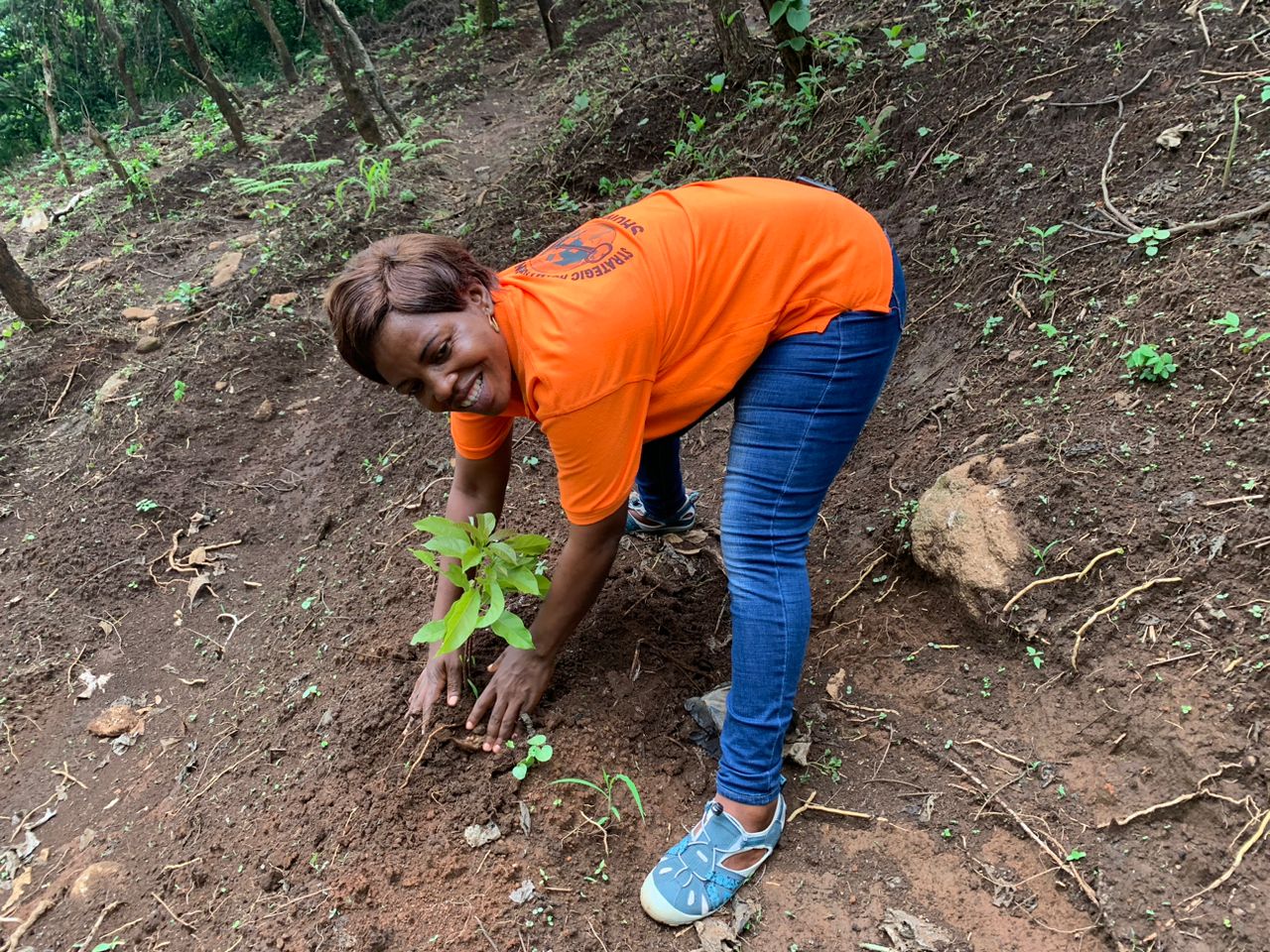 (Tree planting by SHUMAS Staff)
(Tree planting by SHUMAS Staff)
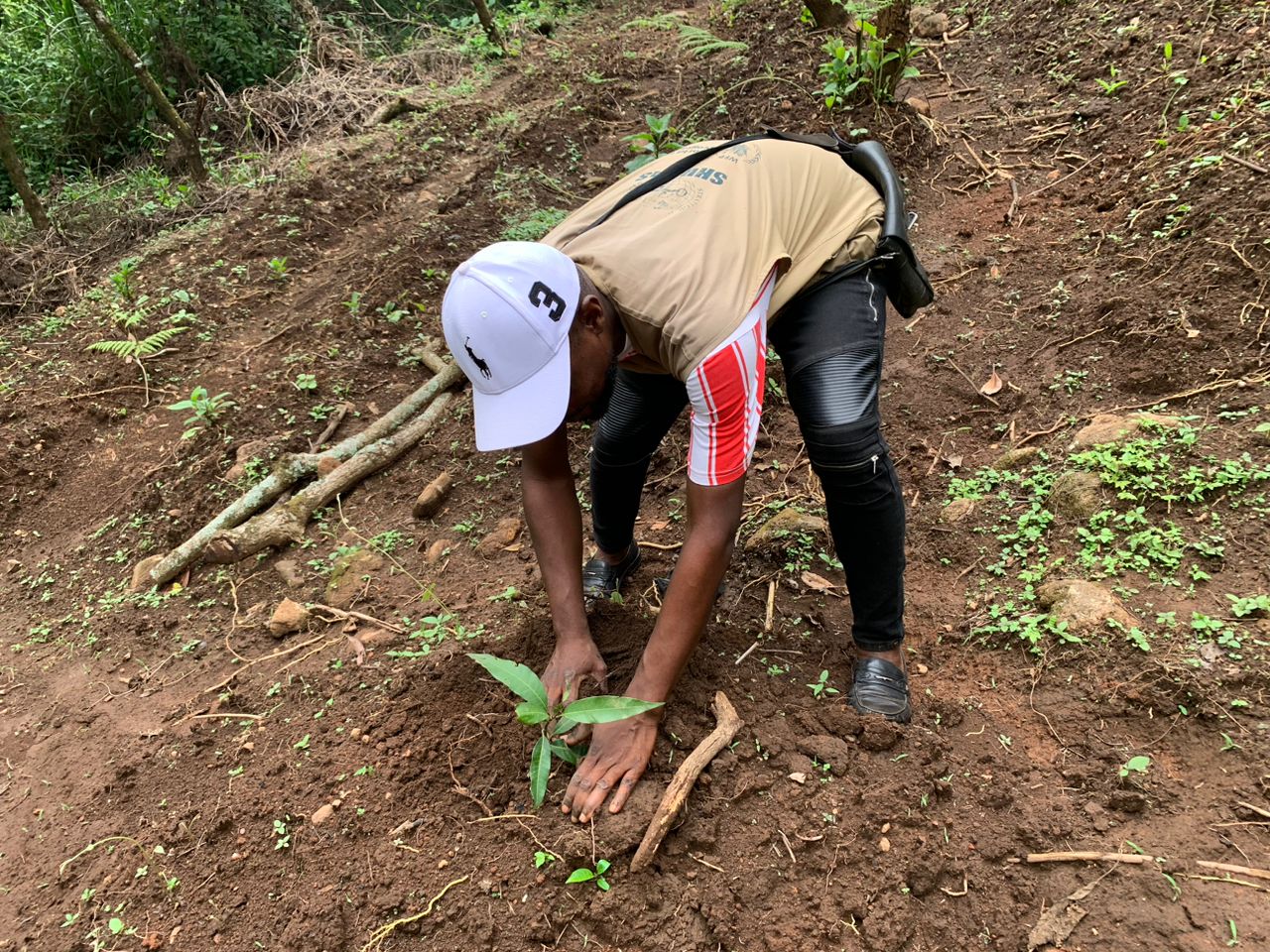 (Volunteer)
(Volunteer)
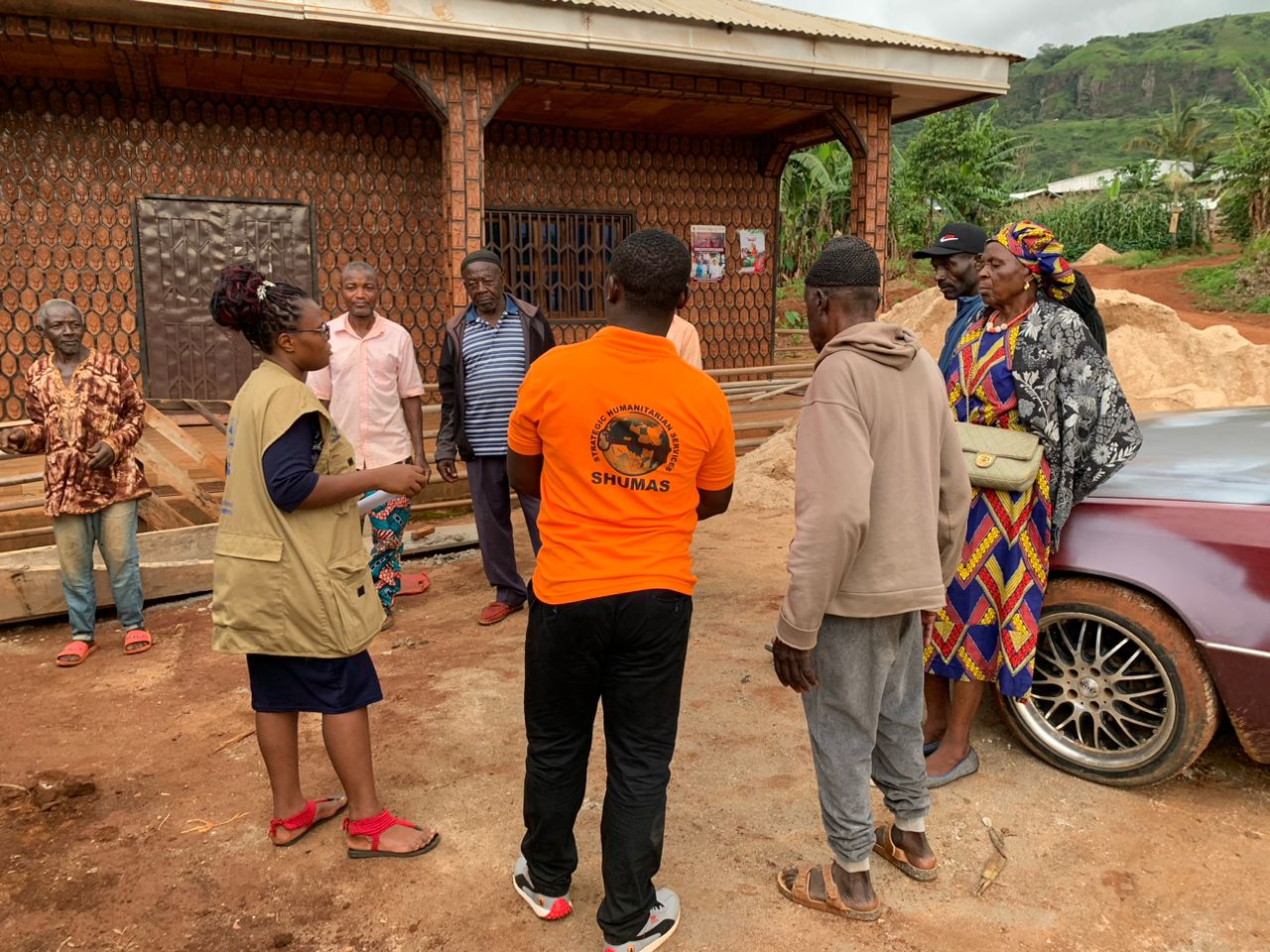 (Sensitization of community members on the theme and importance of environmental protection).
(Sensitization of community members on the theme and importance of environmental protection).
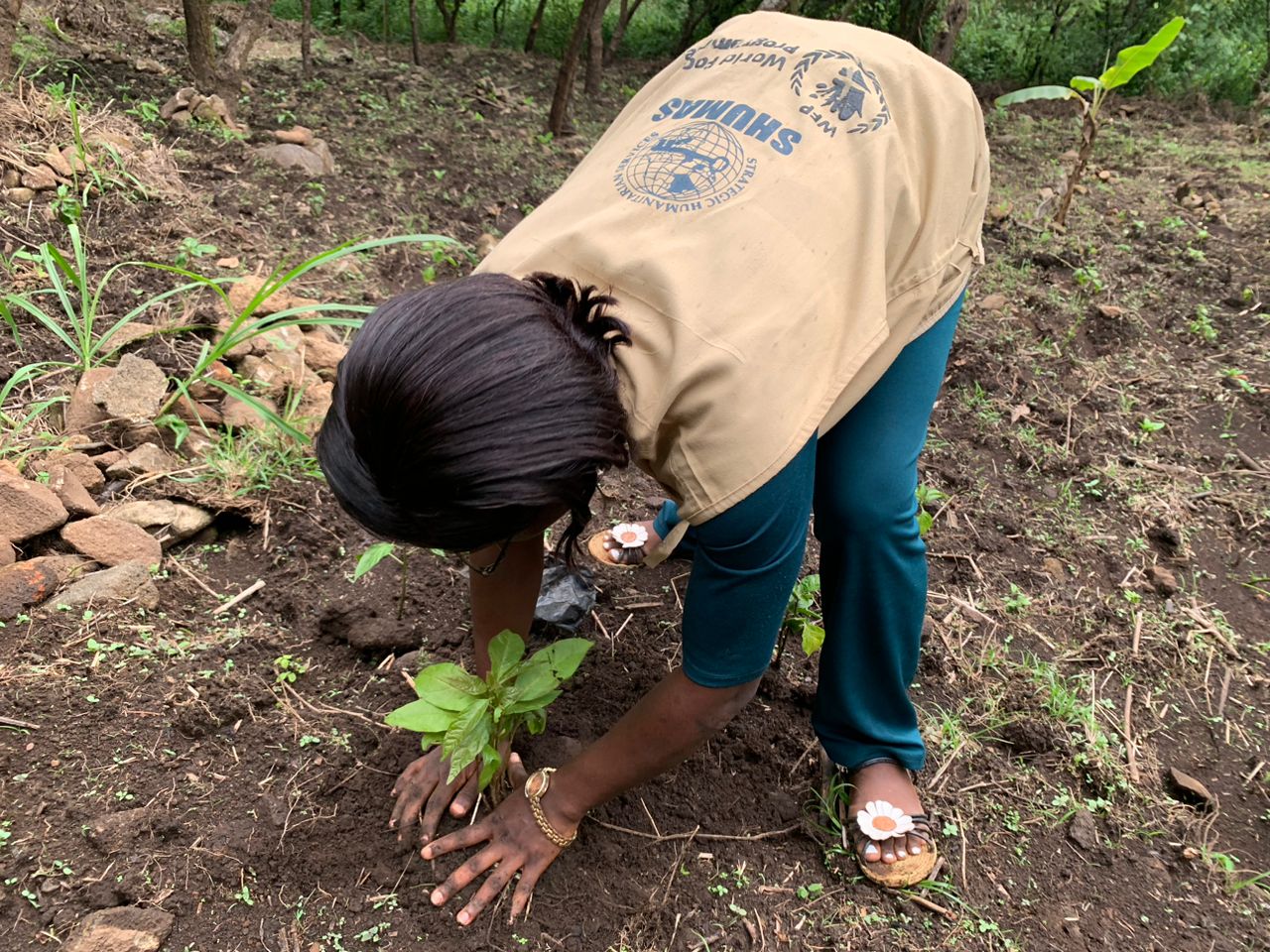 (One person, one tree)
(One person, one tree)
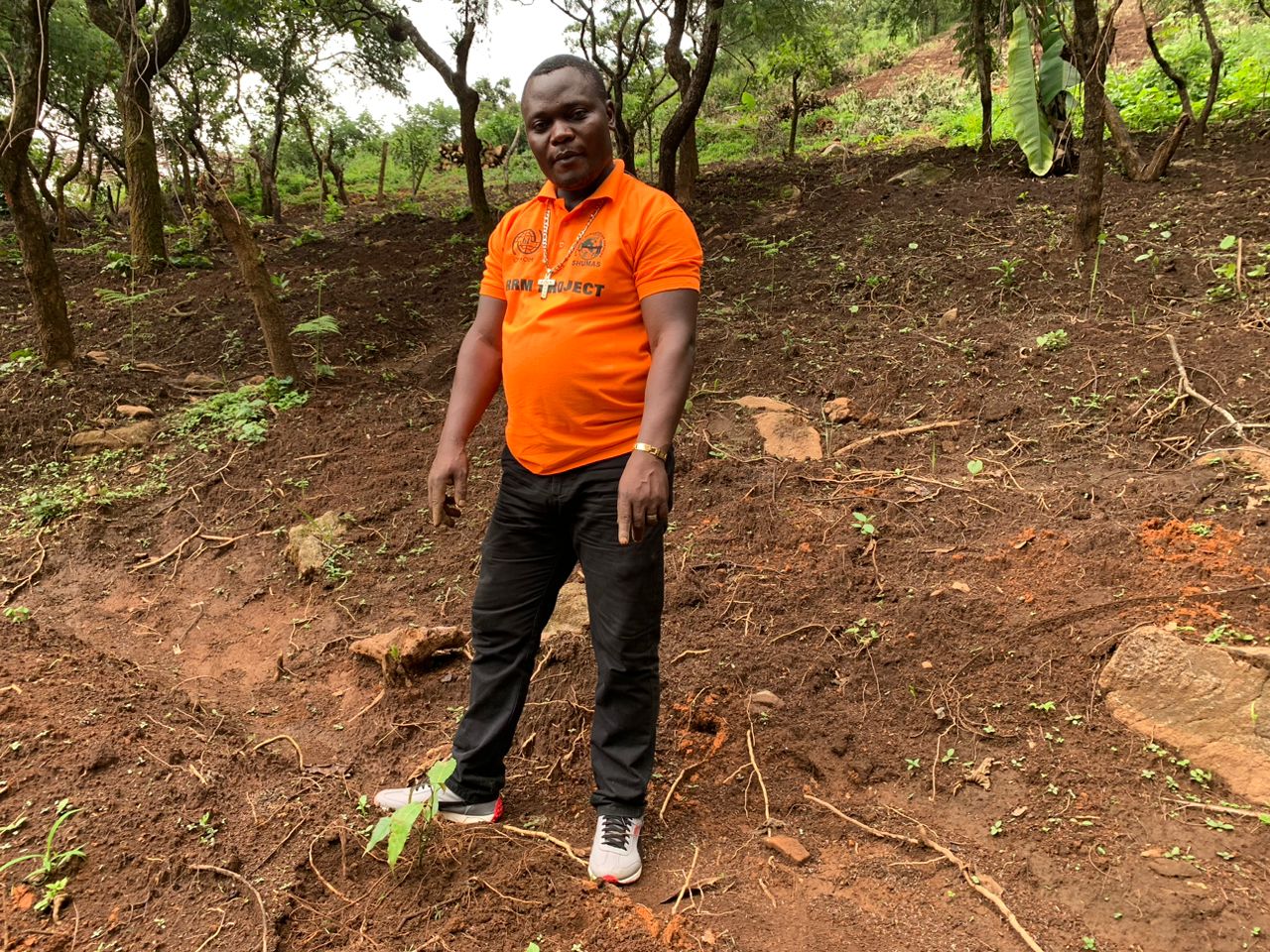 (A tree planted can save the planet)
(A tree planted can save the planet)
